House Electrical Systems for a Vanagon
Disclaimer: I am NOT an electrician. If you ARE an electrician you can read this for humor. Feel free to correct/shame me, or ask questions in the comments.
The following is more of an overview and a resource for helping plan a system of your own. If you would like a detailed, technical breakdown please visit our friends of "Van Vs Wild". They have an incredibly detailed post about their system and we took a lot of their ideas when planning our own. A list of parts we used and links can be found at the bottom of this page. Now, on to the power setup.
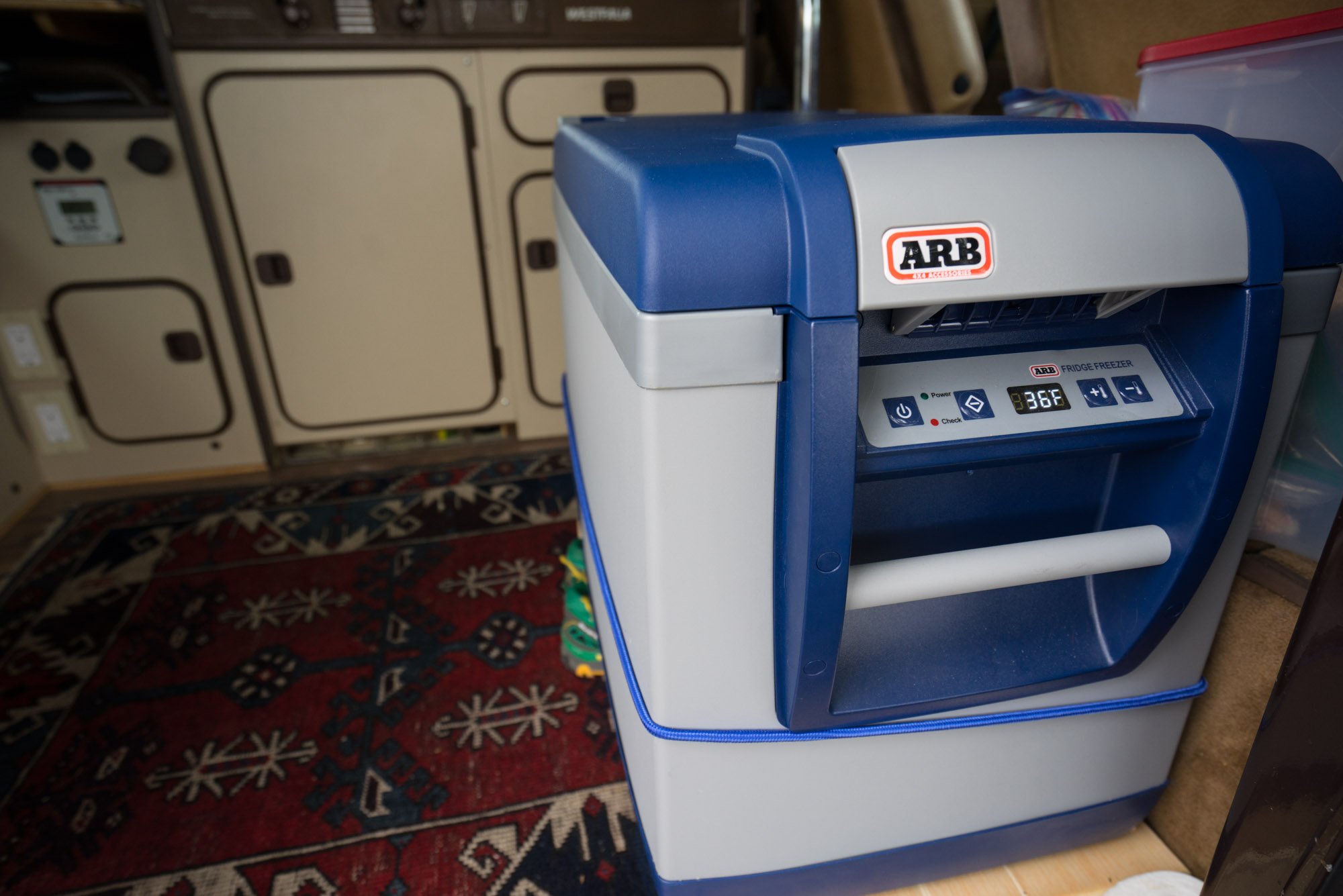
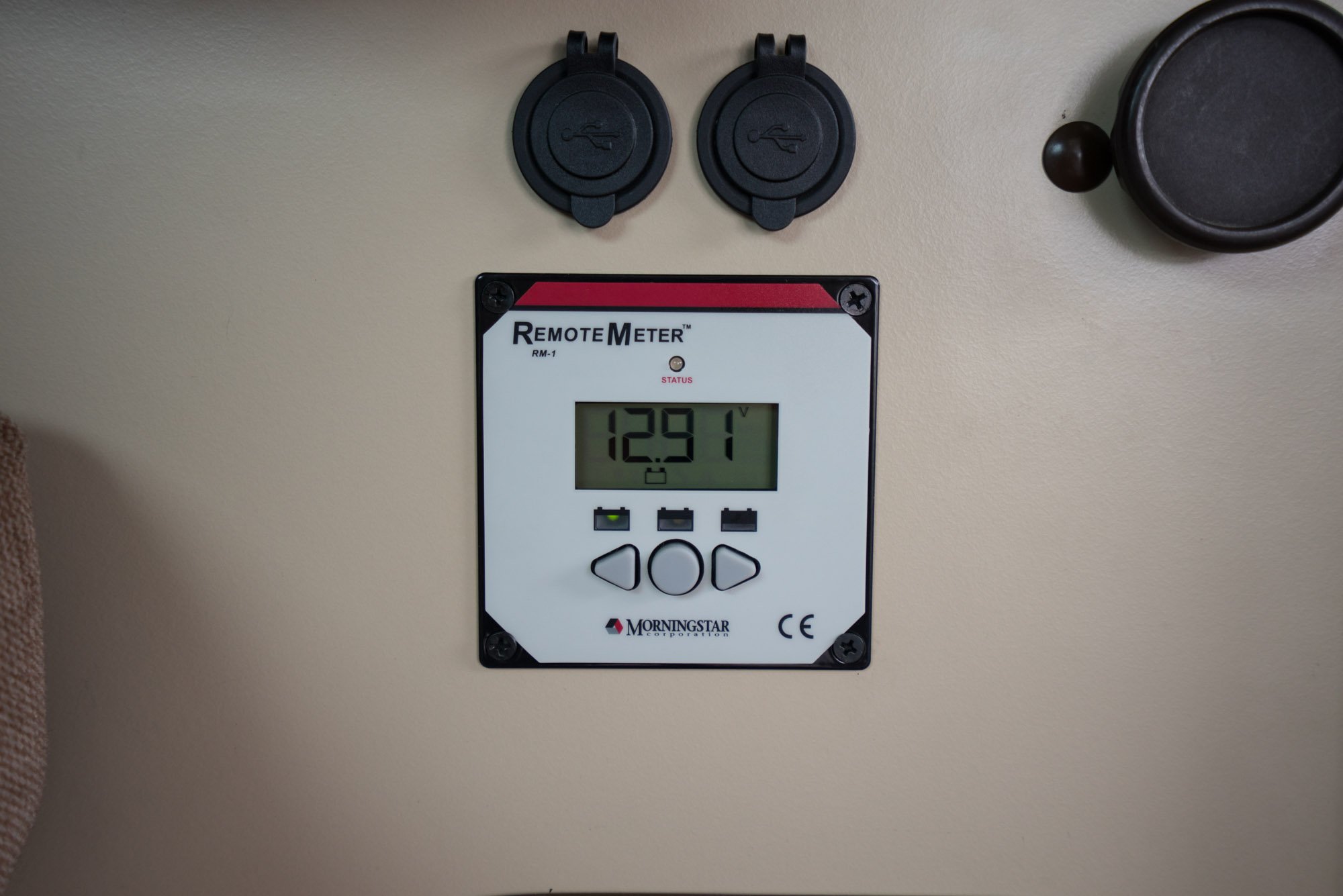
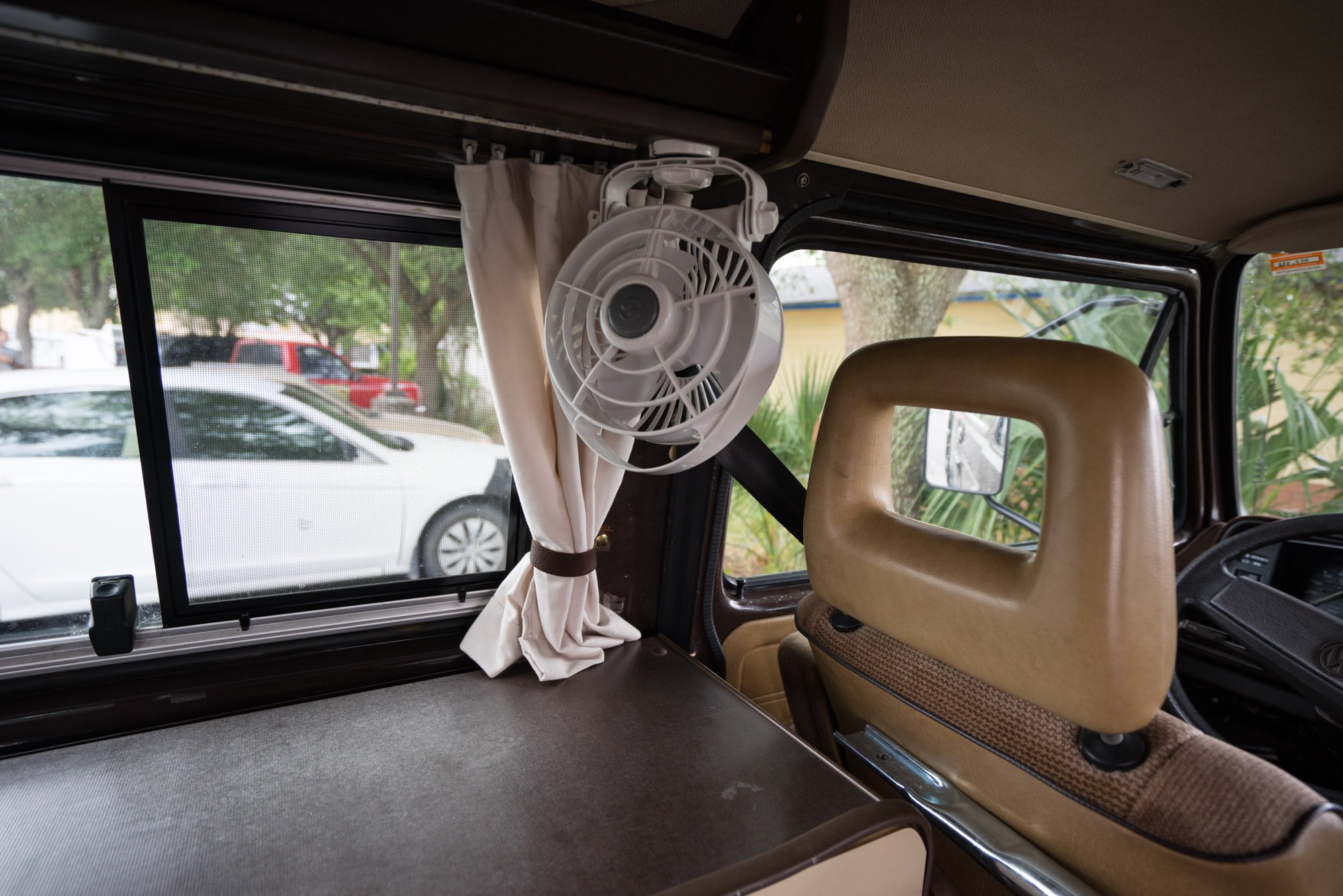
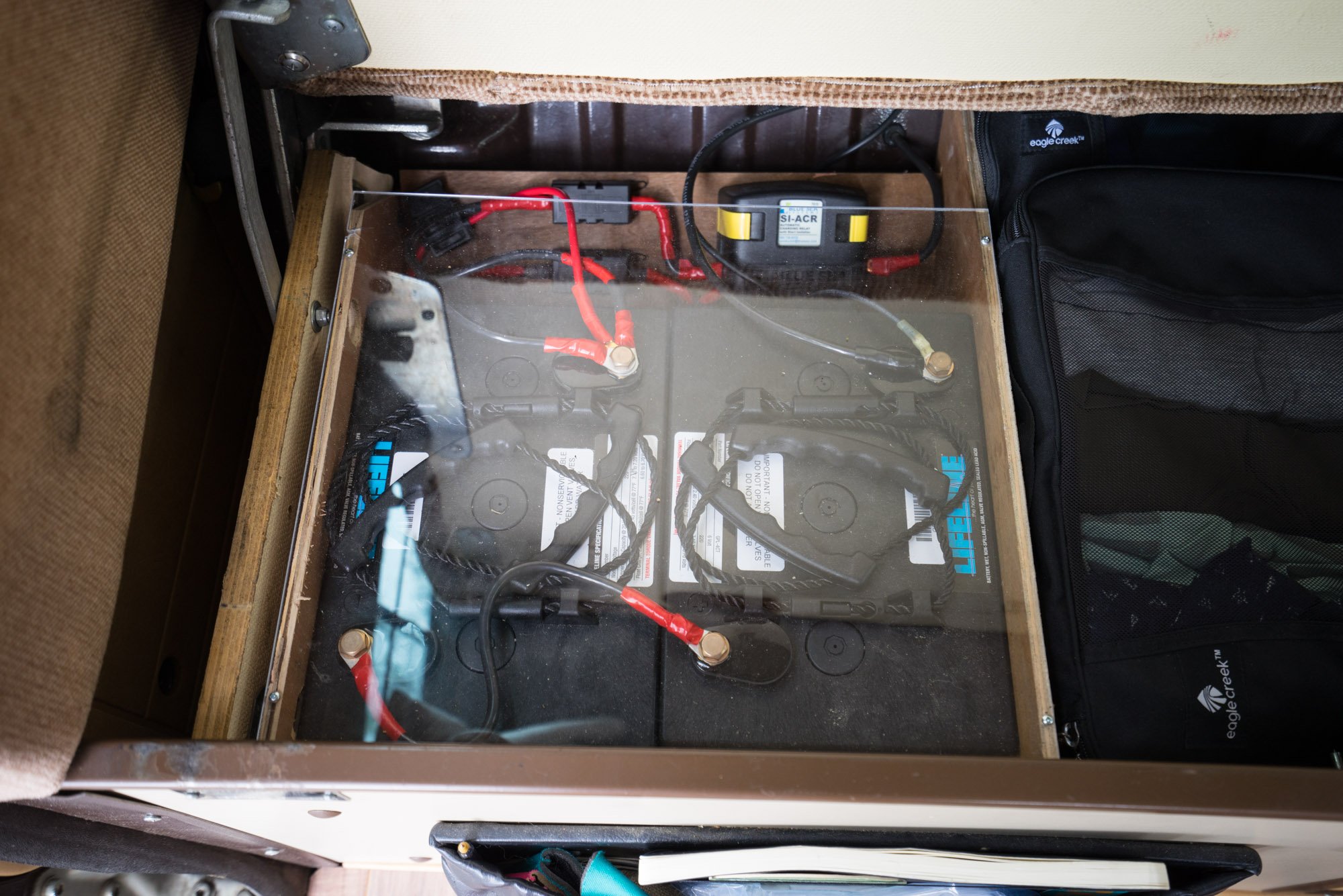
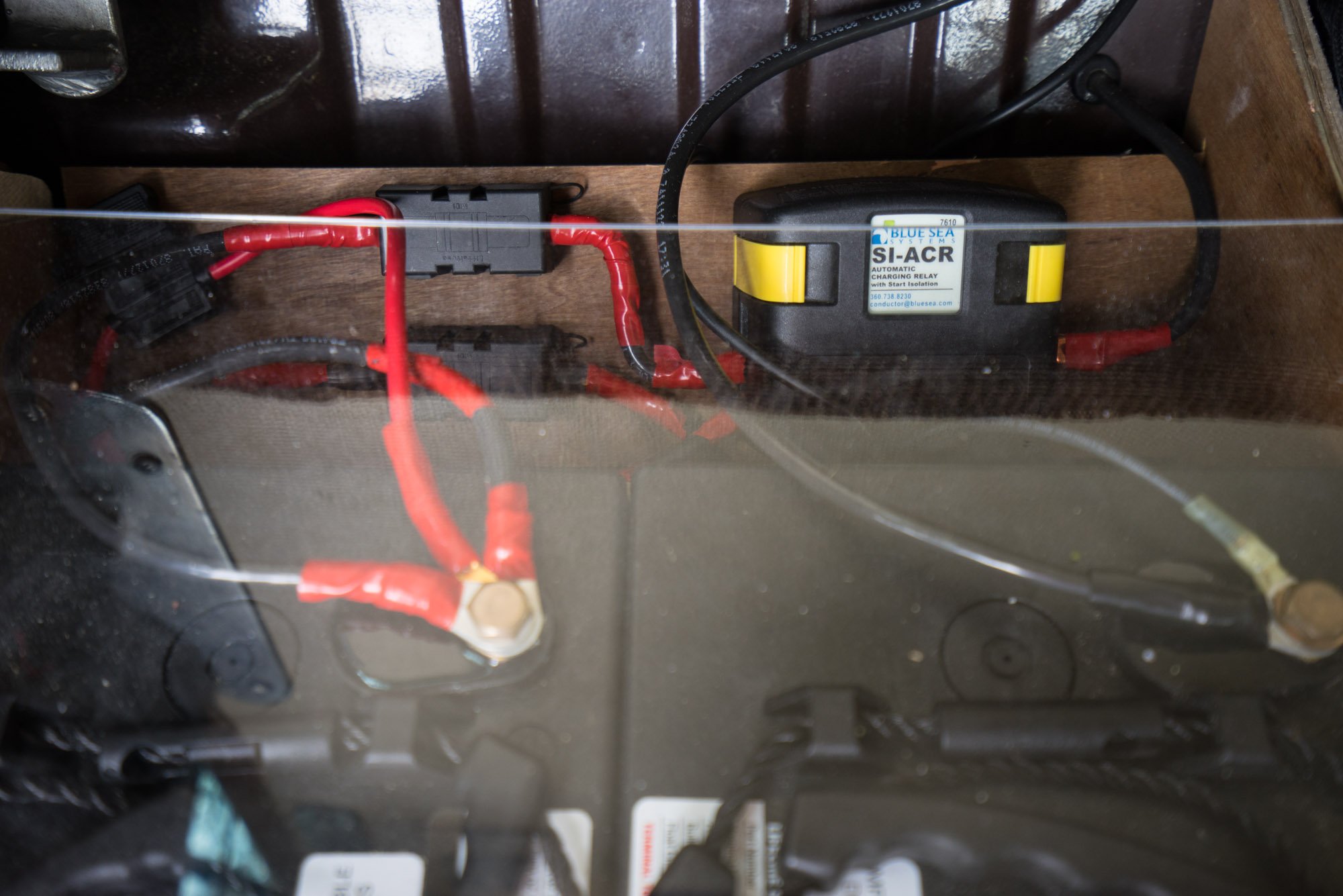
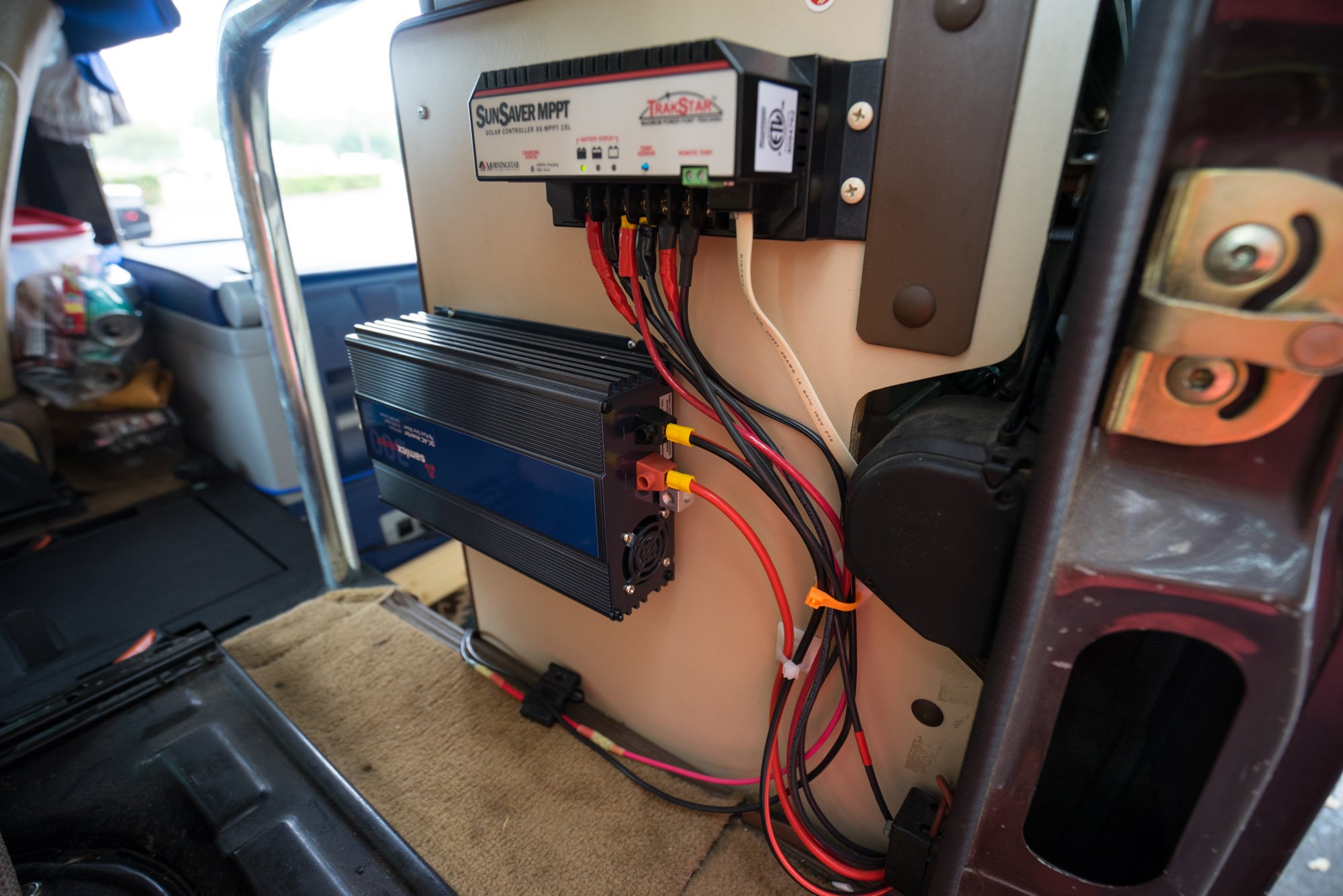
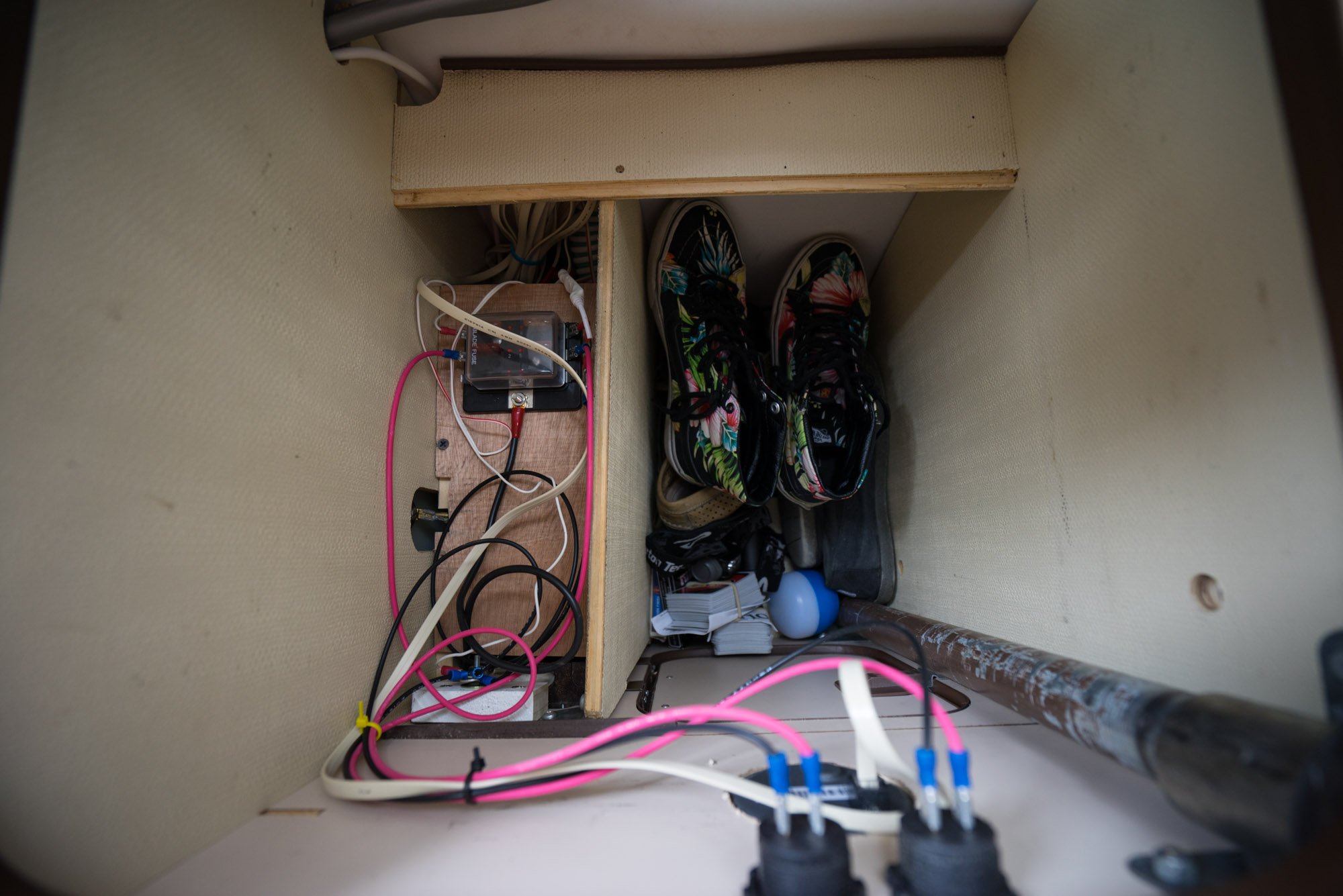
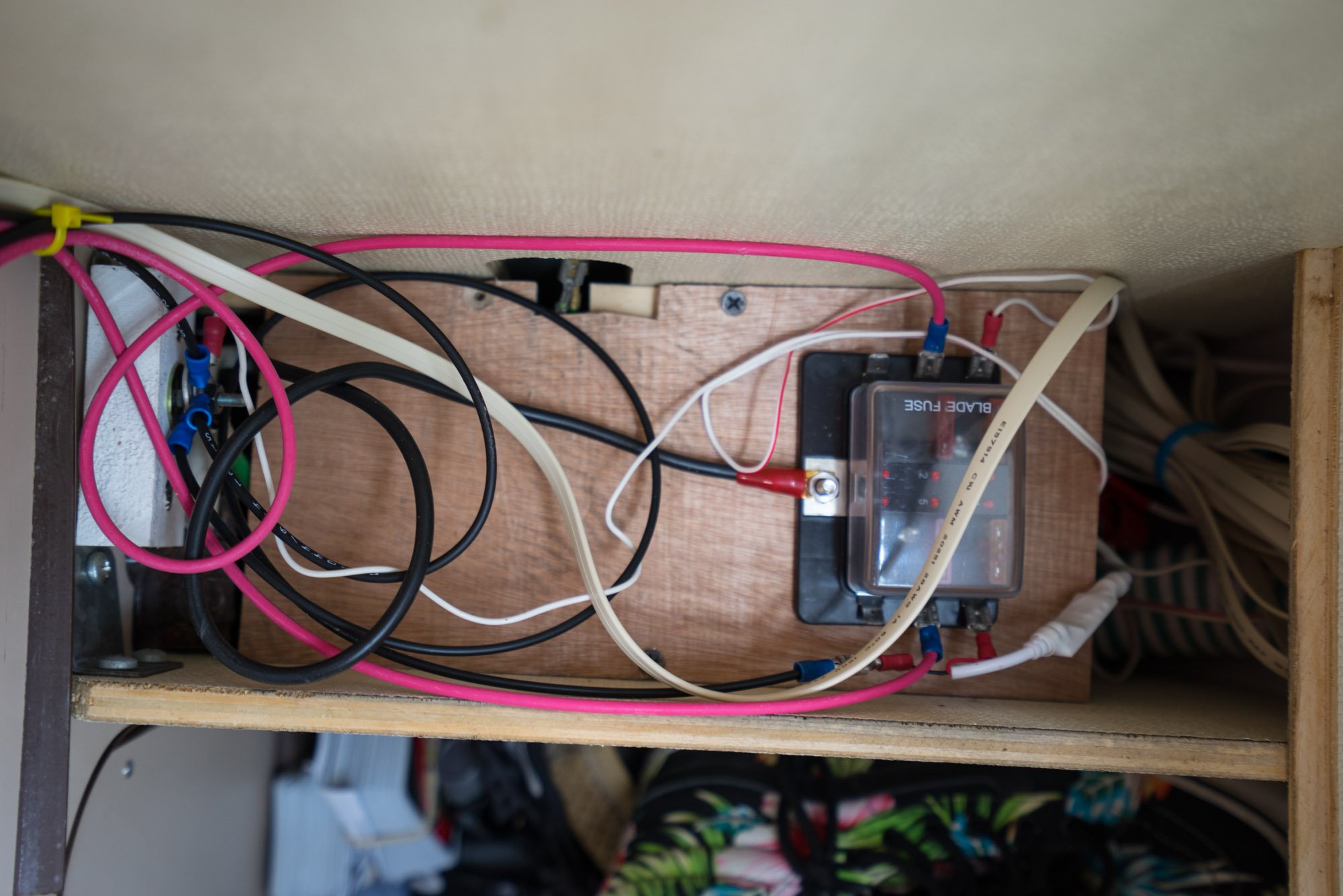

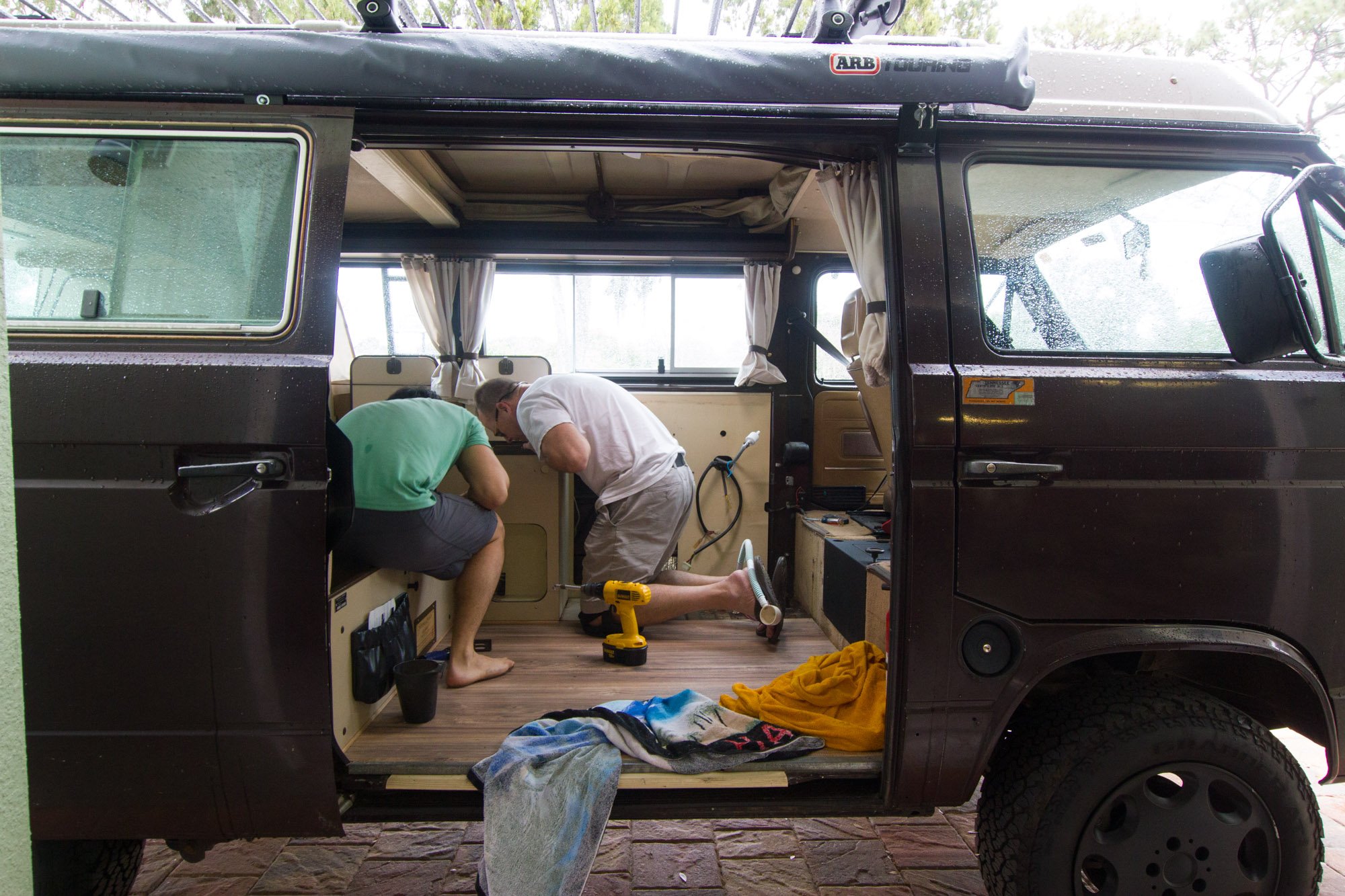
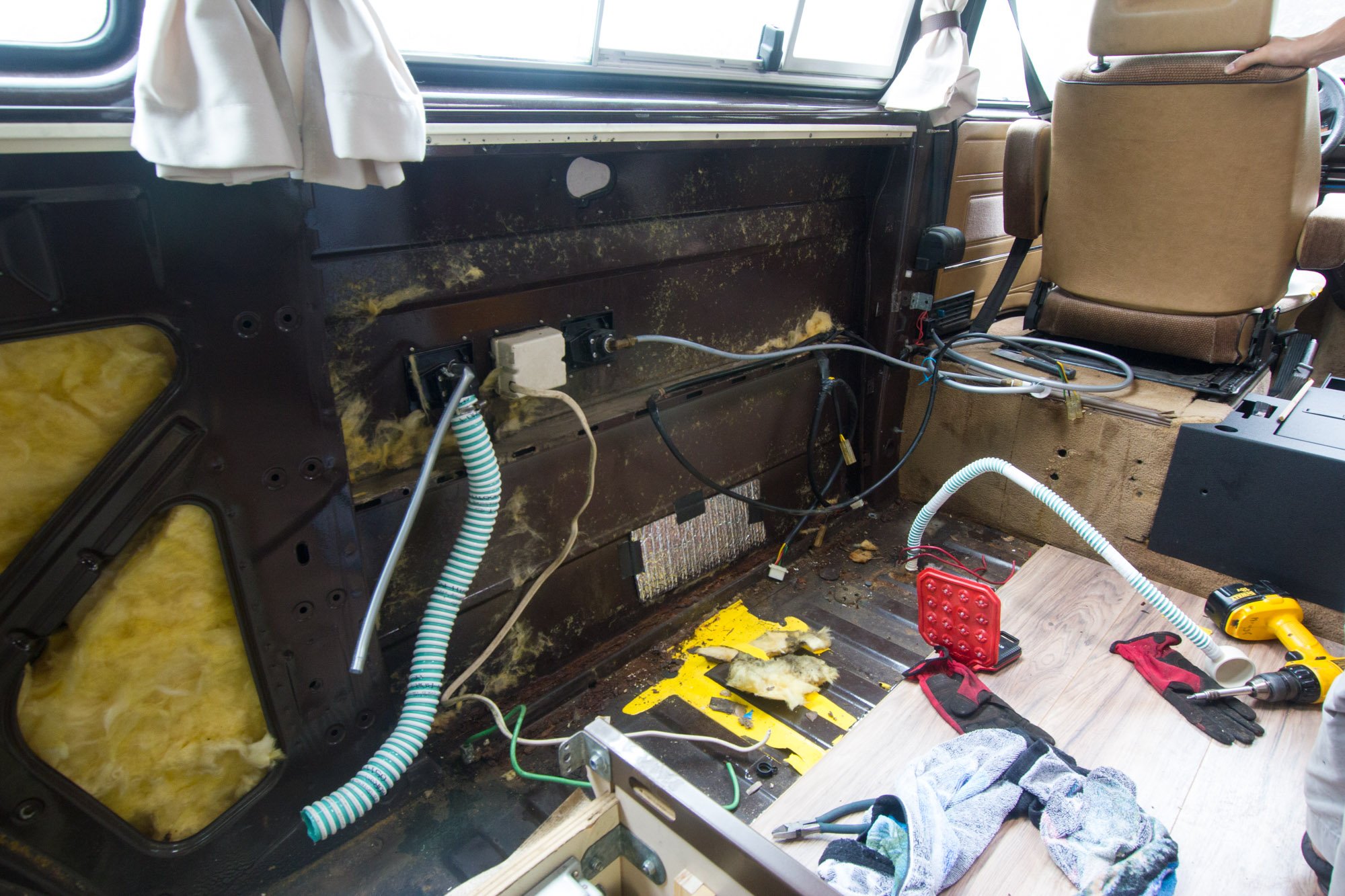

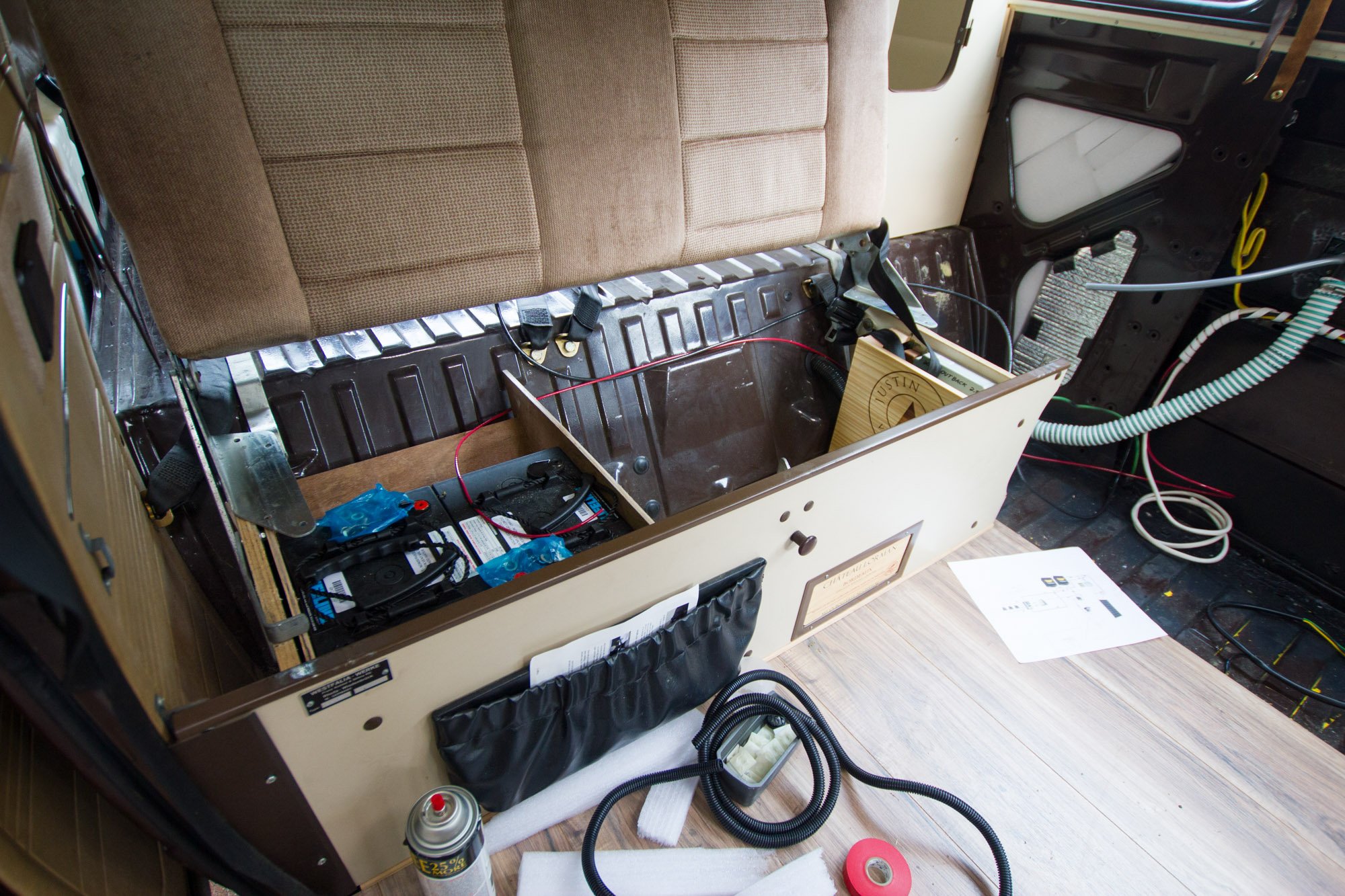
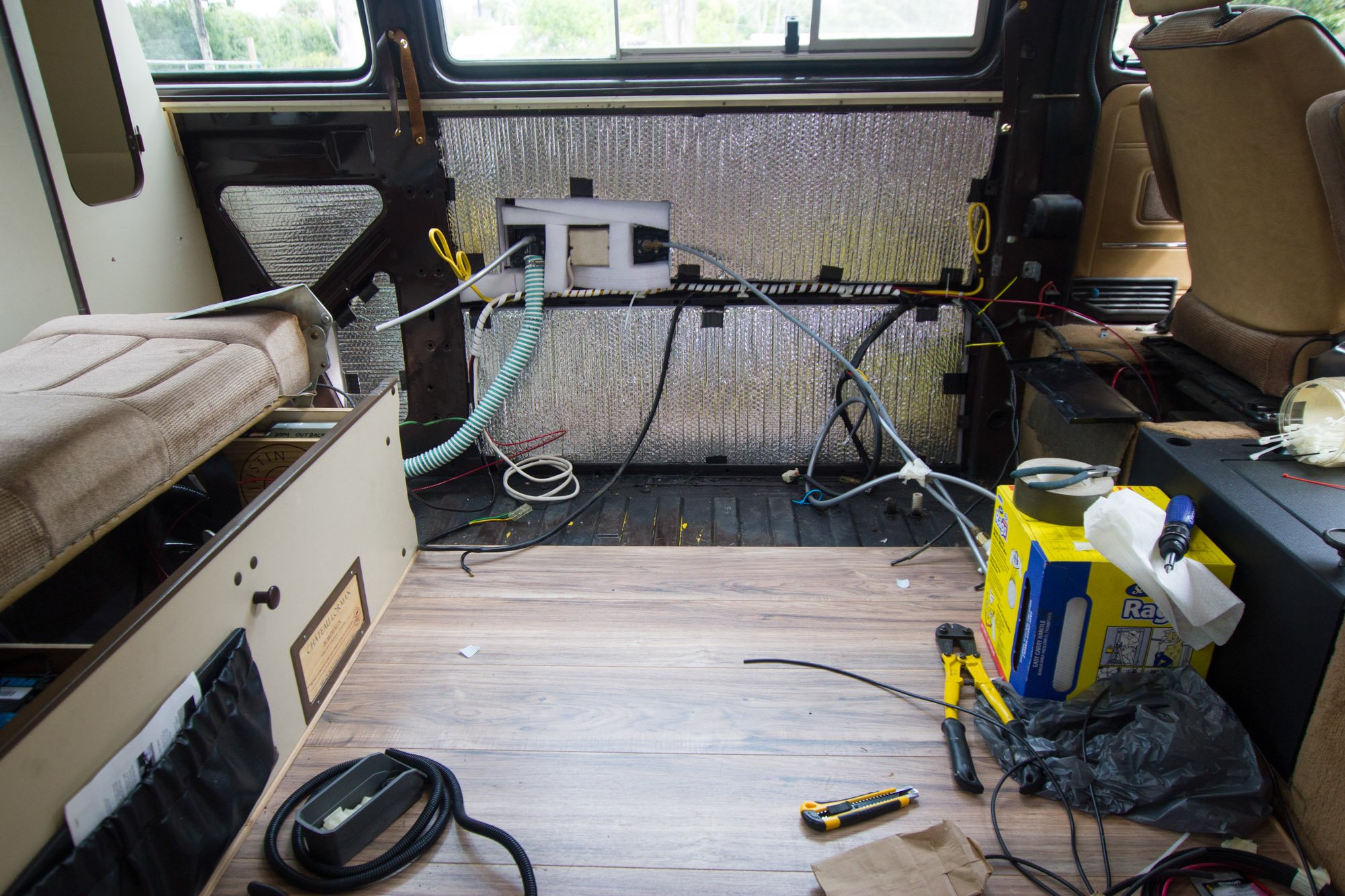
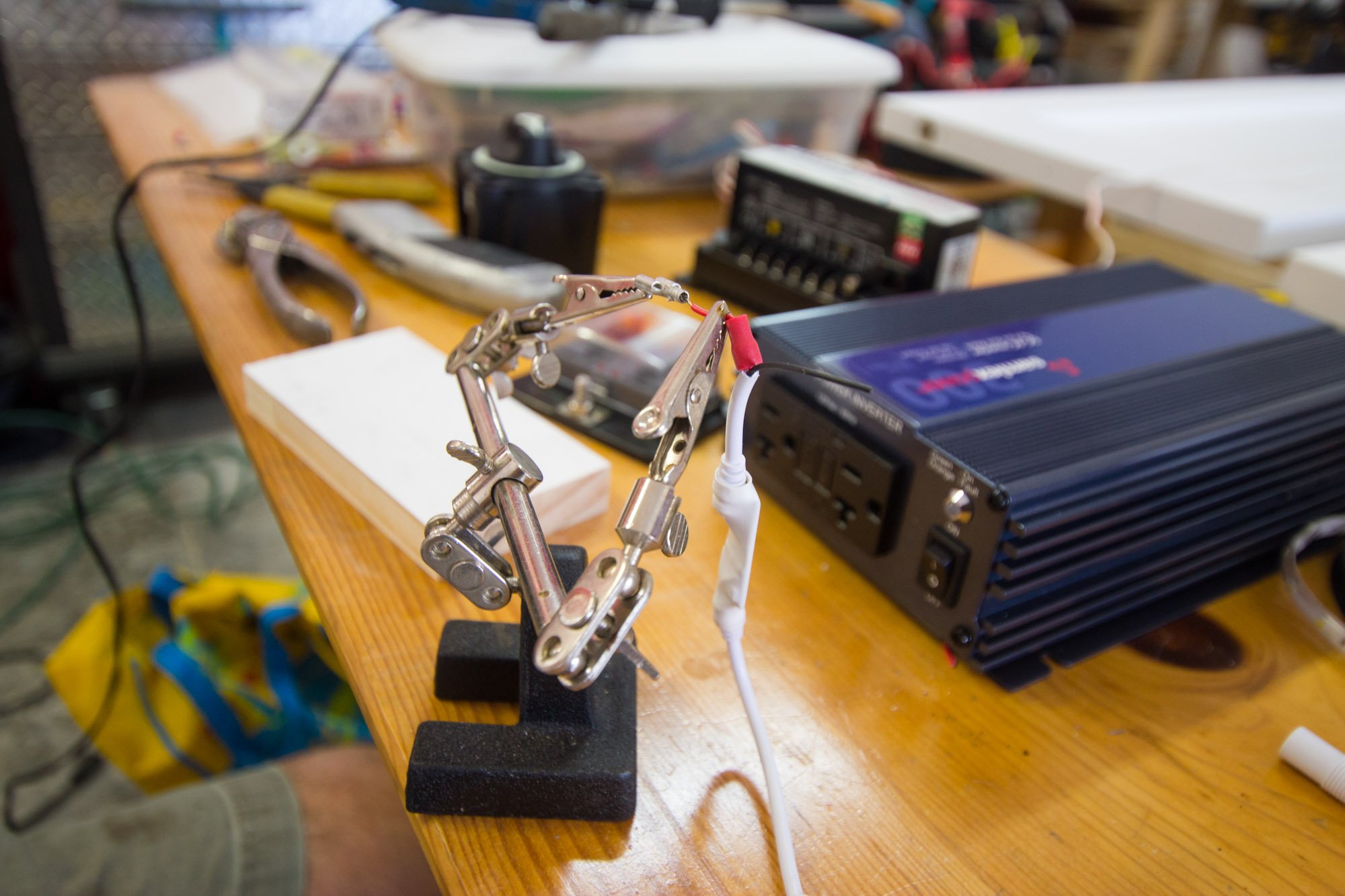
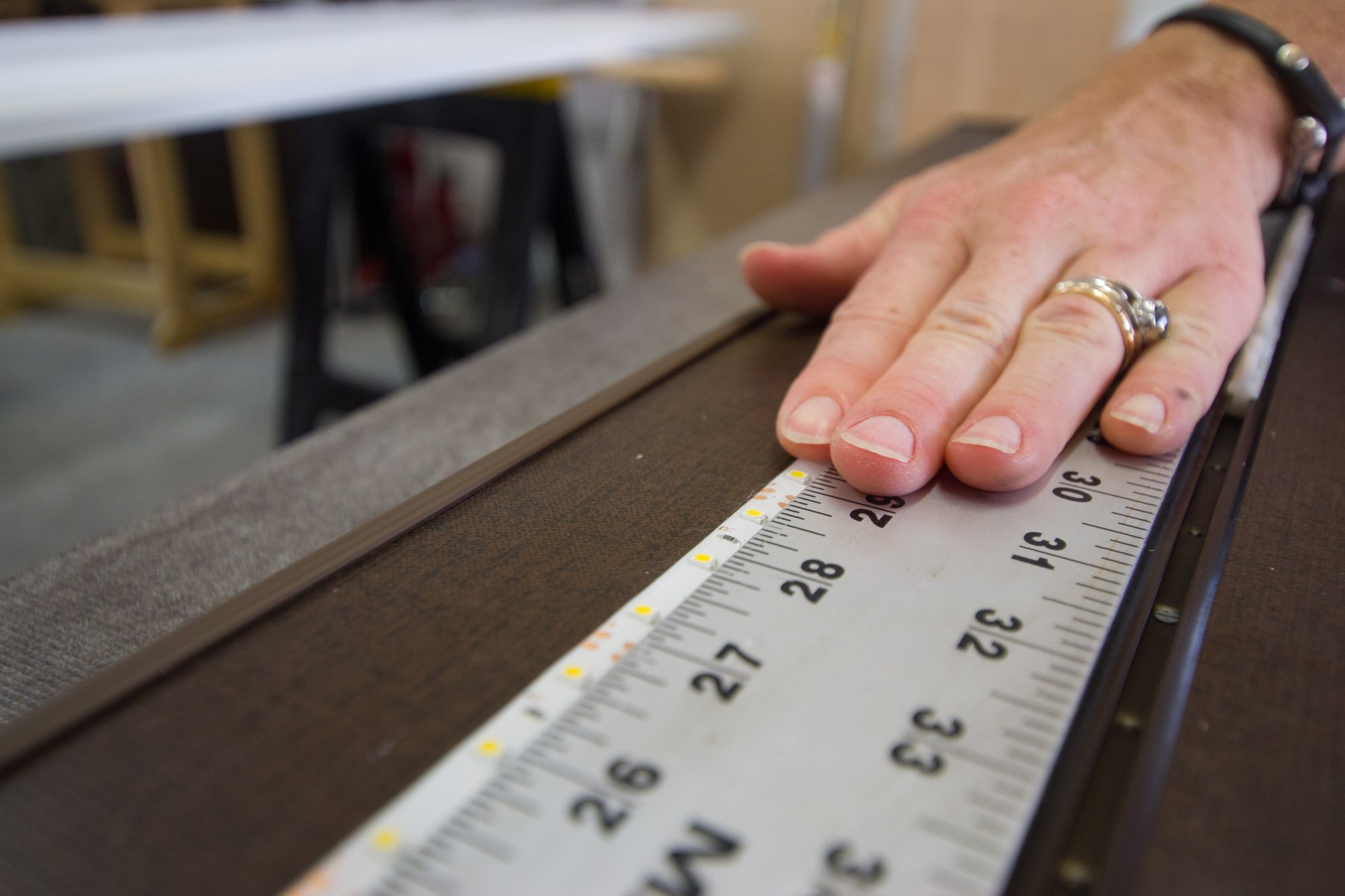
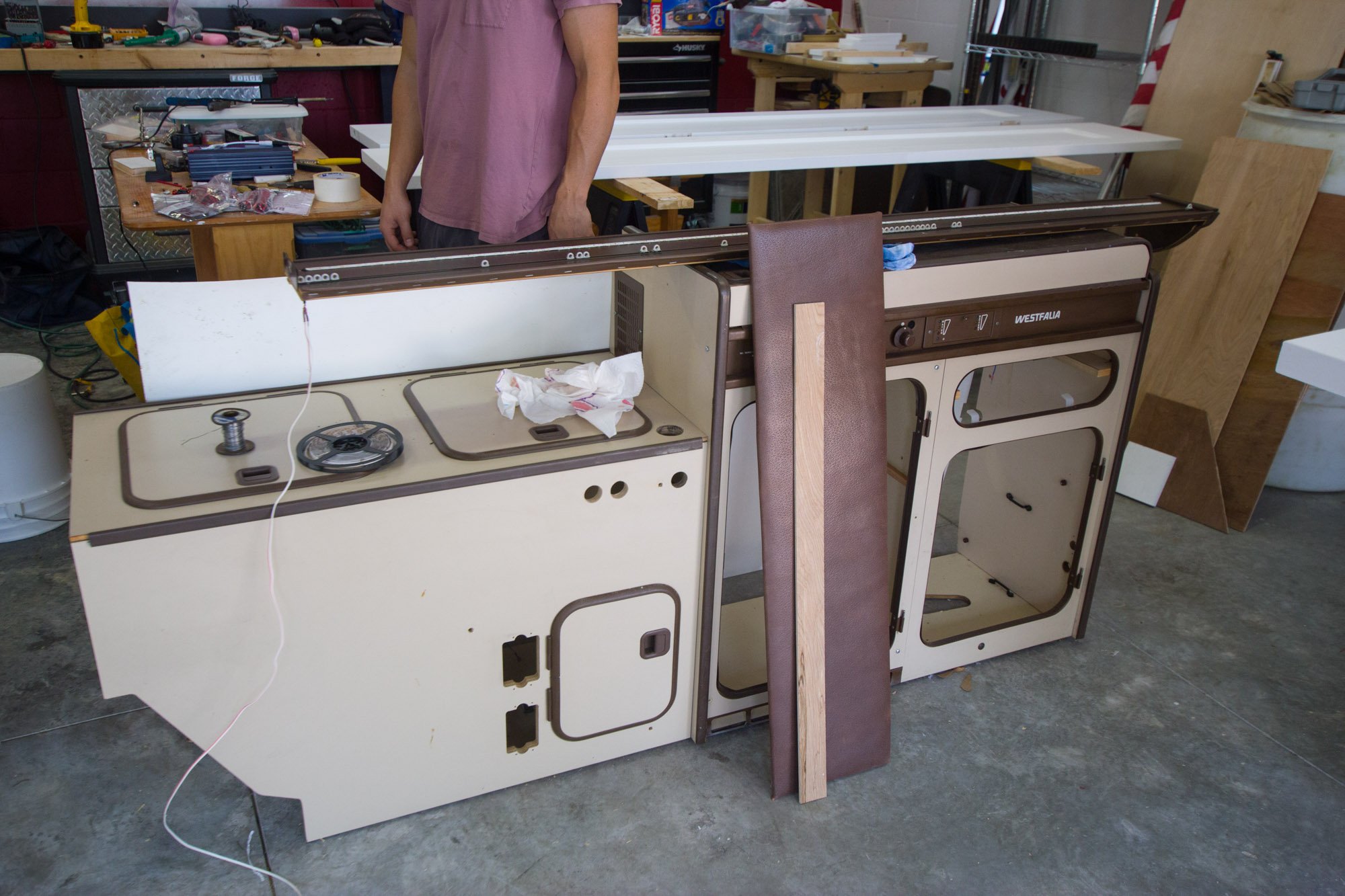
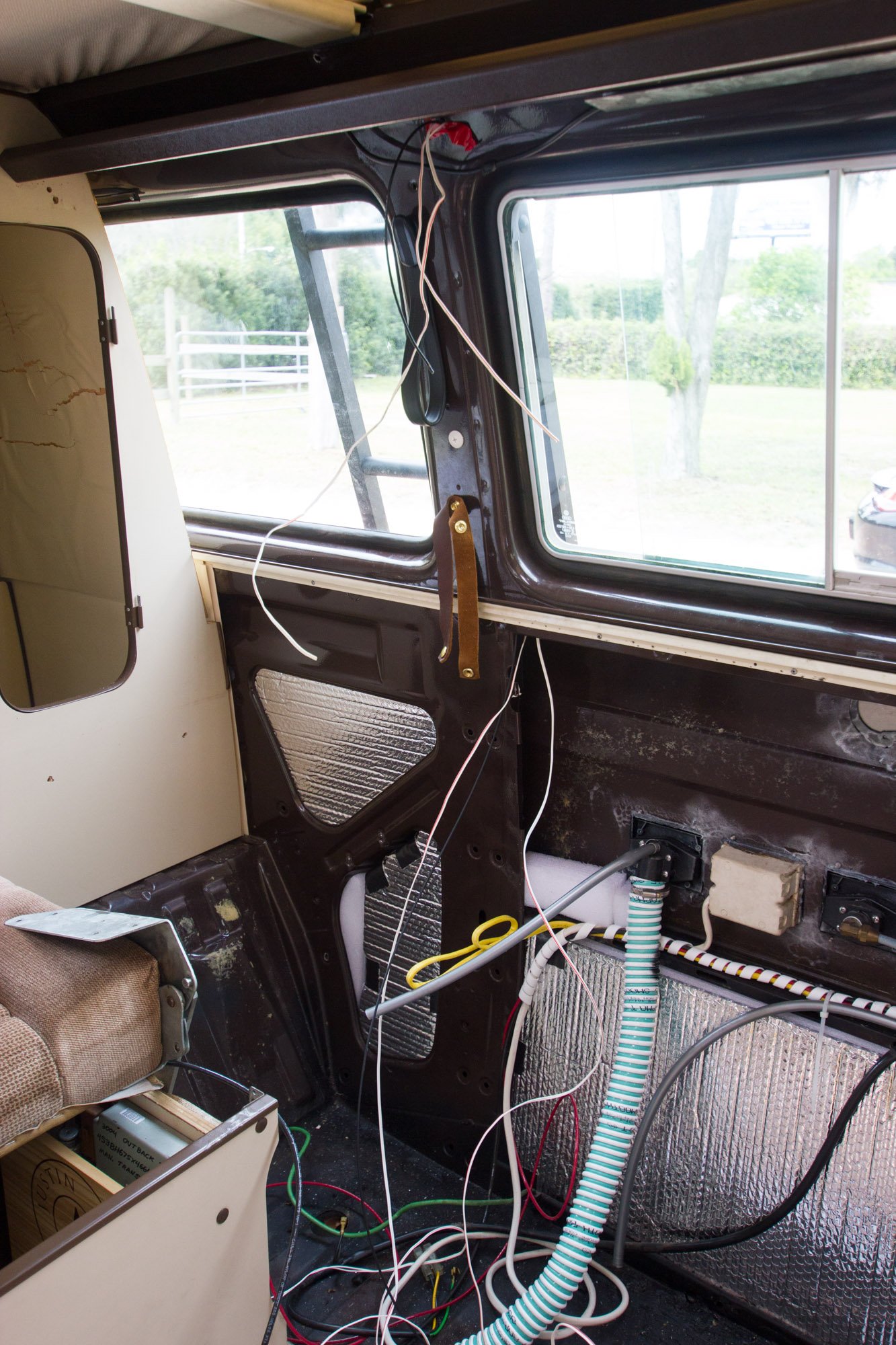
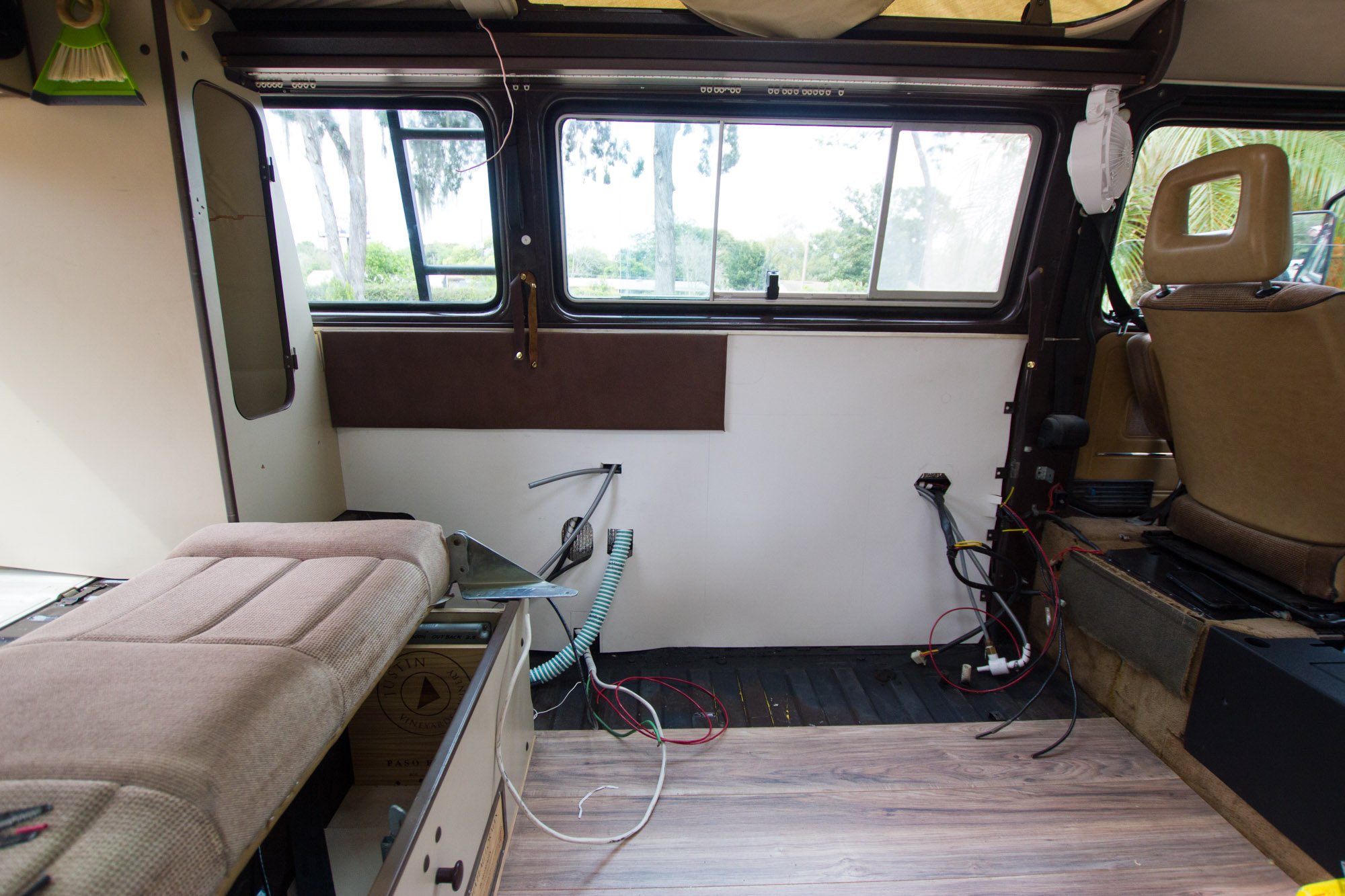
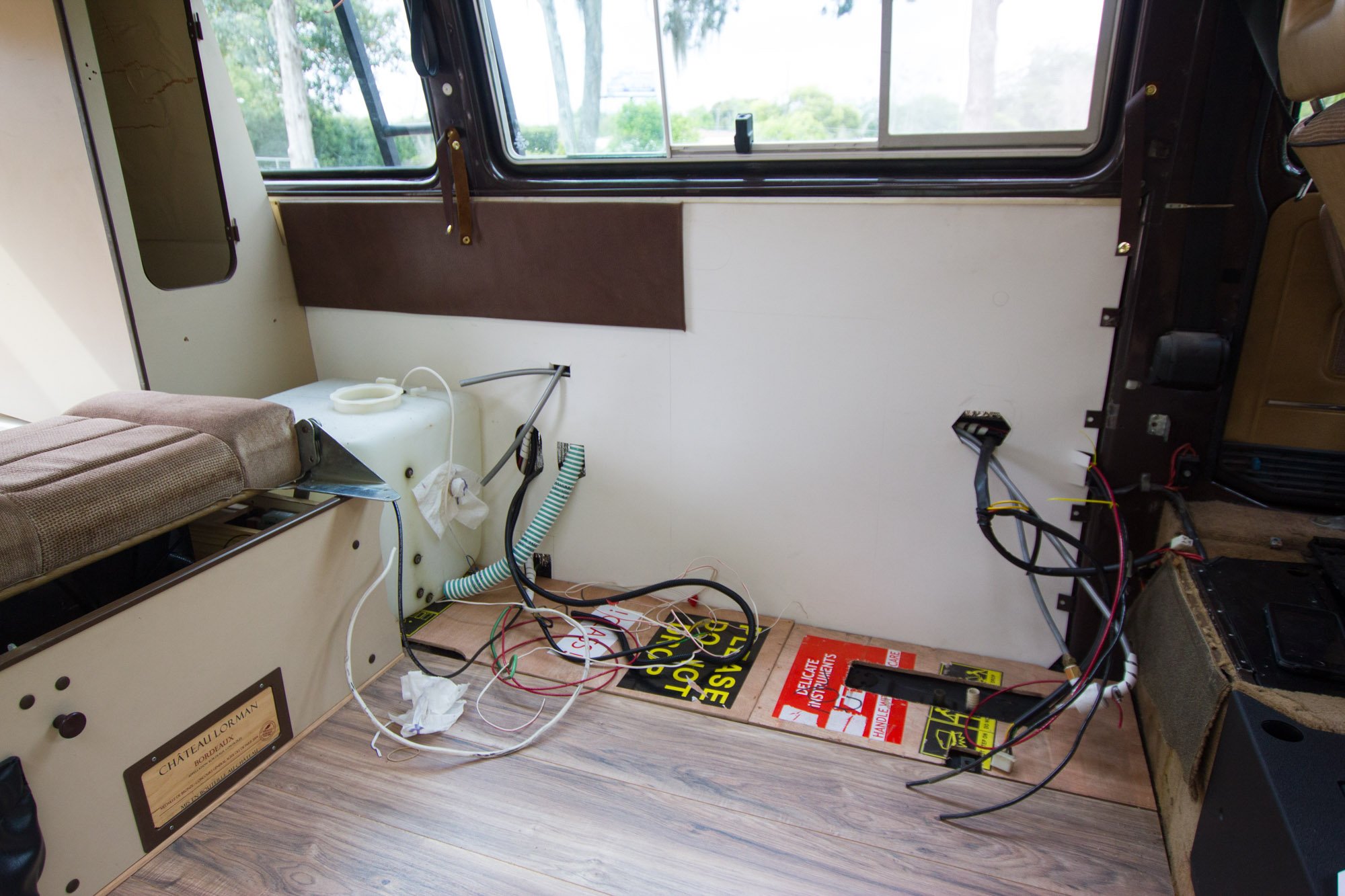
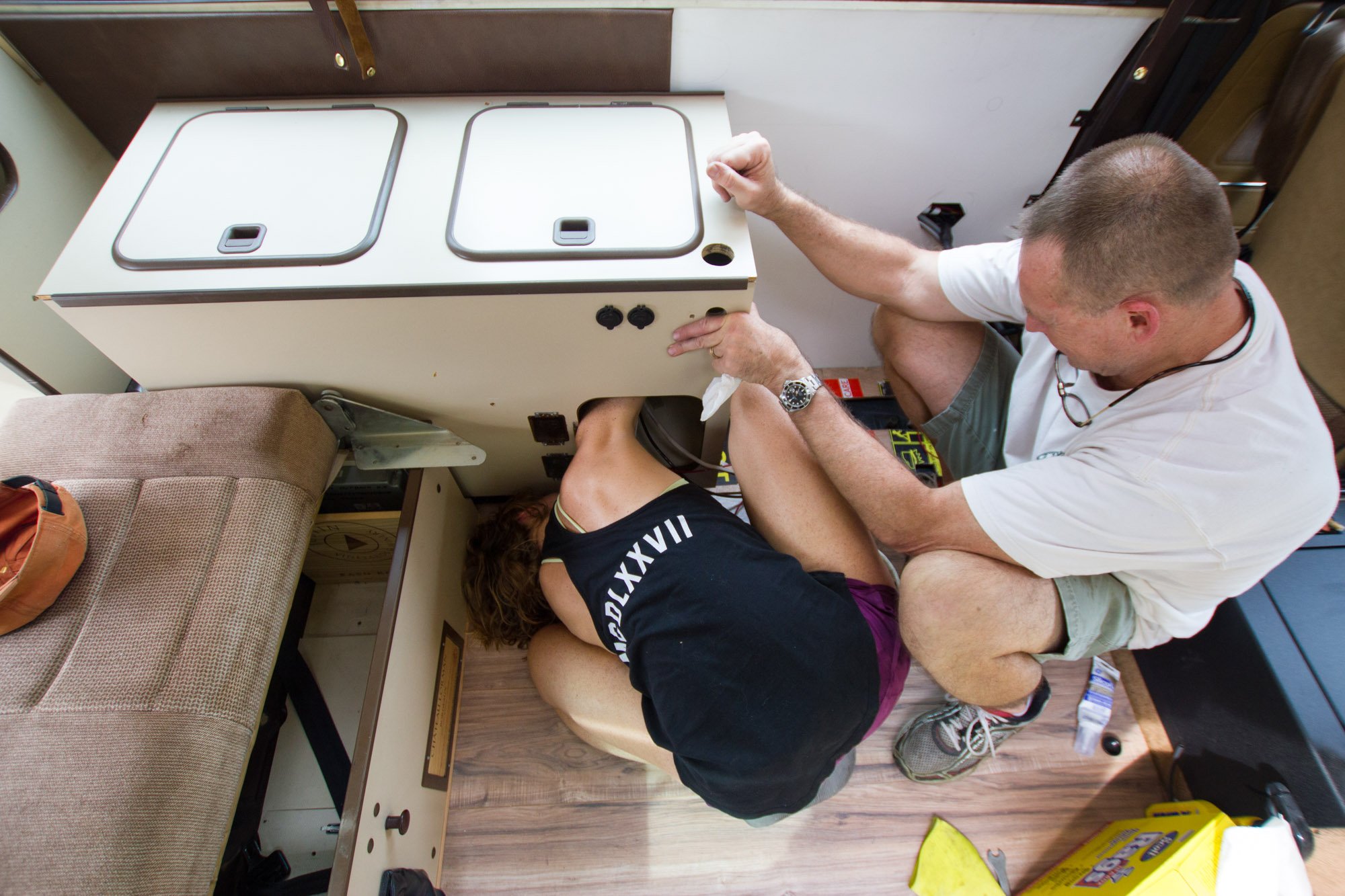
Planning
When planning our system we started with determining how much power we would need for three days without ANY sort of charge. No shore power, no solar, no alternator. This required lots of super fun research and math. Yay math! Ah(Amp Hours) is the unit that a deep cycle battery's capacity is measured in. To come up with the amount of Ah we needed for those three days without charge we took the items we use everyday and figured out their draw in Ah. This is where the math comes in.
Ah(amp hours)= Wh(watt-hours)/V(volts)
So let's calculate one of these together. A charger for a Macbook Pro is 85W. If we plan to use it for four hours then we just need to multiply 85W and the four hours. 85Wx4Hours=340Wh. Our battery system is 12V so we just need to divide 340 by 12. 340Wh/12V=28.3 so the draw of the Macbook Pro charger for four hours is 28.3Ah. We did this process for all our everyday appliances and some that we only use occasionally. We determined that we would need approximately 250Ah for three days. We were generous with this number so that we were on the safe side. Again, this number includes no charging and it would be unlikely we would go more than a day without charging the battery in some way, but we planned on a worst case scenario.
Setup
With 250Ah in mind, the search for batteries began. For the kind of capacity we were searching for, 12V battery choices are limited. We ended up purchasing two 6V batteries and connected them in series to get 12V. The capacity of the batteries is 225Ah, which is a little short of our goal but the larger capacity batteries wouldn't fit under the bench seat. An inverter and a fuse box drawing power from the batteries. We use the inverter for our laptop chargers and any other plugged devices. Our lights, fan, refrigerator, and USB plugs are hooked up to the fuse box. A solar charge controller and the starter can charge the batteries. Below is a photorealistic diagram and parts list.

